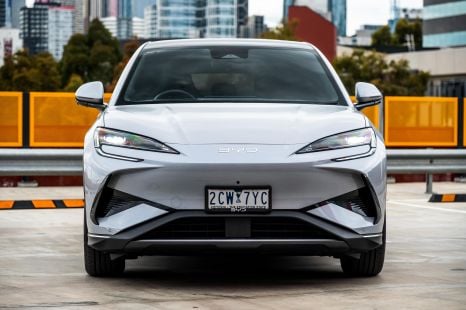

James Wong
2026 BYD Sealion 7 review
5 Hours Ago
Used vehicle inventories are at their healthiest since 2020, contributing to cuts in prices bringing relief to cash-strapped households.

Senior Contributor


Senior Contributor
A steep increase in the number of used vehicles on dealer lots, outpacing demand-side growth, means the dreaded days of record-high used car prices look behind us.
The average price of used and demonstrator vehicles in Australia’s dealerships have been coming down for nine months now, and finished October at their lowest point since December 2021.
The steady reduction in prices, by 7.0 per cent from the middle of 2022 when the market peaked, coincides with a steep uptick in used car availability as measured by dealer inventory levels.
Dealer used car stock across Australia sits at the highest level since March 2020, with nationwide inventory growing by 28.3 per cent across the past 12 months.
This is due in no small part to the sales records we’re consistently seeing in the new car market – with five of the past six months setting all-time delivery records as factory supply rebounds and normalises.
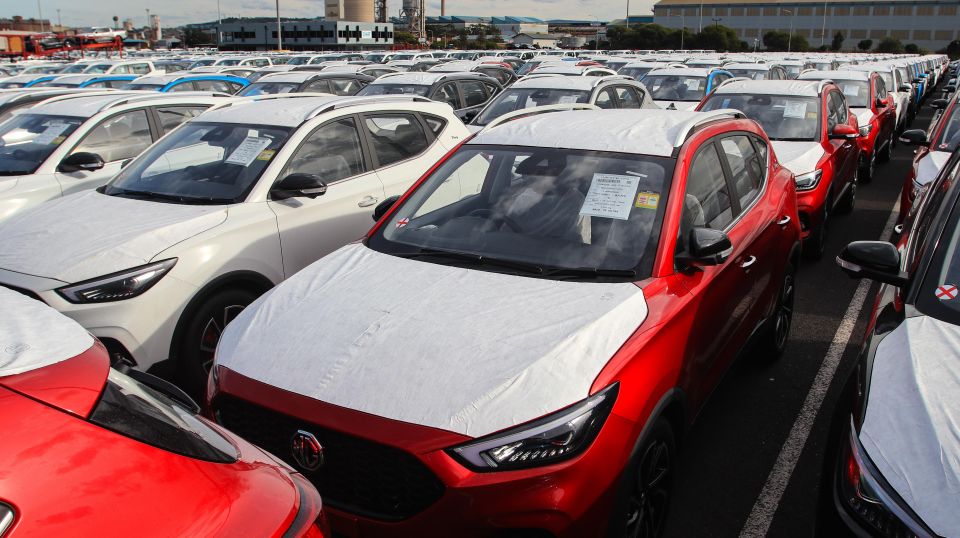
This uptick in new vehicle deliveries, whittling back carmaker order backlogs, has seen a spike in the number of used cars either being traded in or re-marketed through wholesale auctions.
At the same time, demand for used vehicles isn’t as high as this increase in supply. While inventories have swelled by 37.5 per cent across this year, used vehicle sales are up a more modest 11.2 per cent across 2023, which in turn means market days’ supply sits at its highest point across the last 12 months.
Dealers on average are currently taking 41 days to resell a used vehicle. Some 39.4 per cent of these sales required a price change before being delisted, by an average discount amount of 7.1 per cent between listing and sale. In other words, four-in-10 shoppers haggle down the price.
This information comes from retail data and wholesale auction firm Cox Automotive Australia (CAA), which keeps tabs on used vehicle market trends across age, segment and fuel type.
MORE: VFACTS October 2023, another month, another Australian new car sales record
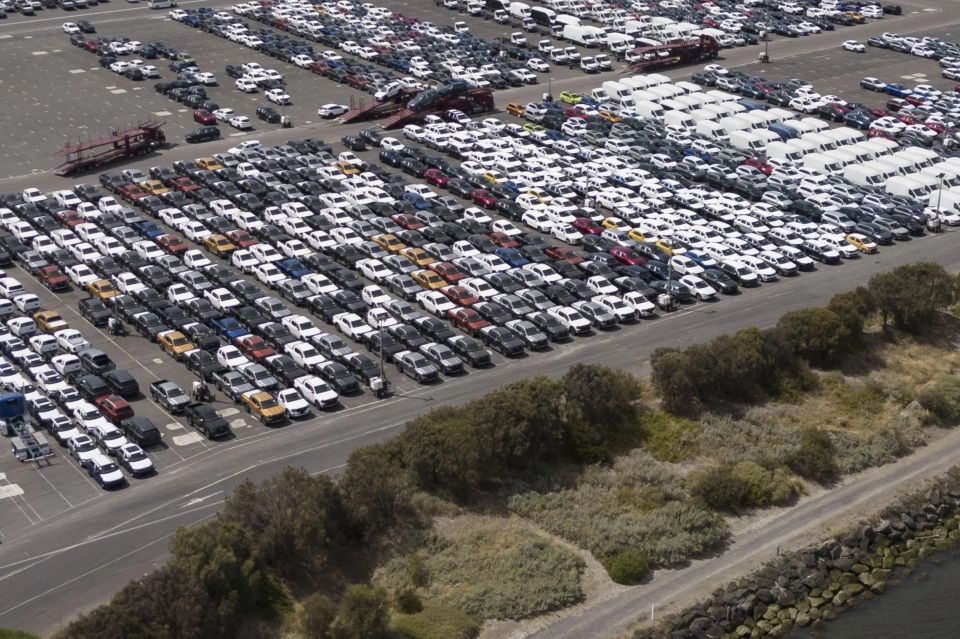
It’s important to keep updates on used vehicle prices in context however, since they’re still quite a bit steeper than they were before the COVID outbreak and associated market chaos.
The CAA used price index, adjusted by new price and volume weighted, uses a 100-point base period of December 2019. The current index of 137.8 means the average used vehicle is 37.8 per cent more expensive than in December 2019, before the pandemic saw used prices spike.
While price indexes are generally falling this year irrespective of vehicle age and type, older cars continue to retain higher average price indexes than newer ones do. The pattern is consistent, with one contributor being household demand for older and cheaper cars amid the cost-of-living crisis.
SUVs aged under two years have a price index of 116.3, whereas SUVs aged eight to 10 years have an index of 139.4; while passenger cars under two years have a price index of 121.9 against 166.9 for those aged eight to 10 years. This means older vehicles’ relative prices remain proportionately elevated, not higher than newer stock.
Across all vehicle age brackets in the database, the overall price index for traditional lower-riding passenger cars is 147.6, which is notably higher than the price index for SUVs (130.7) and pickups (139).
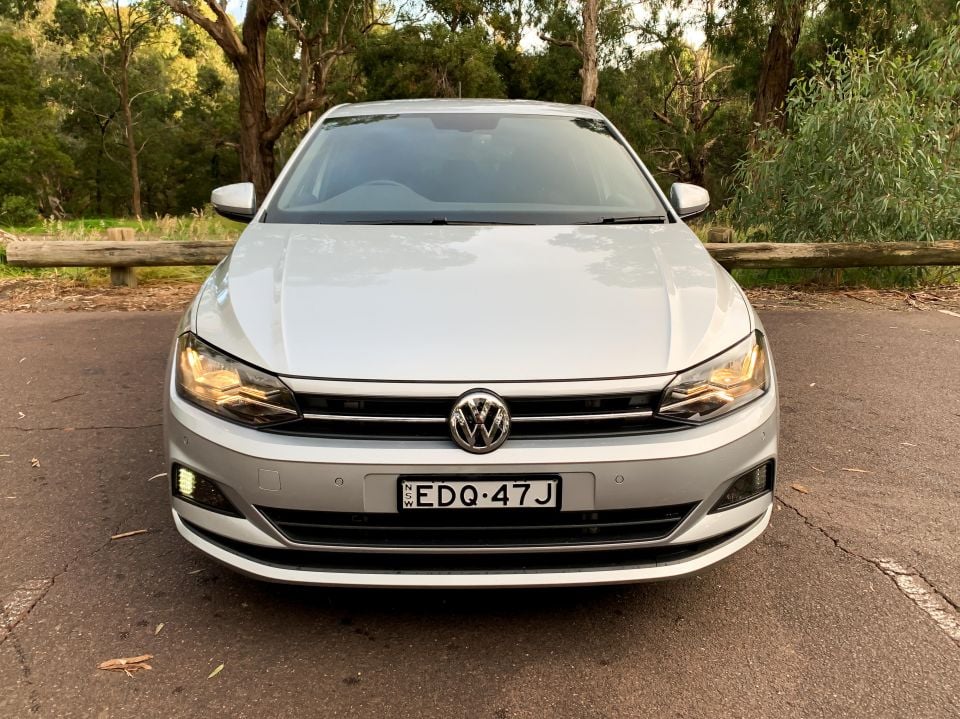
This is interesting considering the ongoing decline in sales of these sorts of vehicles in the new car market, as brands roll out more SUVs and offer fewer new hatchbacks, sedans and wagons. It suggests customer demand for these vehicles might still be higher than what carmakers are providing the market.
Battery electric vehicles (BEVs) and plug-in hybrid vehicles (PHEVs) make up only 0.3 per cent of used vehicle sales and 0.5 per cent of inventory at present – no shock given these vehicles really only started to spike in sales on the new side of things last year, and are therefore largely still with their first owners.
CAA says it’s seeing the used price index for BEVs and PHEVs (116.3) staying lower than other vehicle types, as issues such as customer doubts around used battery health, and factors discouraging used BEV demand such as new-car-focused fringe-benefits tax exemptions and rebates linger.
Another indicator of the used market is the wholesale sector, where fleets dispose of grounded vehicles through large-volume auctions. New vehicles availability means these fleets that have been holding onto older cars for longer than normal are now turning over their vehicles at a faster rate than the private market.
Wholesale auction volume through CAA’s Manheim business doubled in October 2023 over 2022, and grew 20 per cent month-on-month. That’s the best volume result in three years. Since many dealers top up their lots with these cars, expect this to knock-on to the private market.
The takeaway? Bank on more choice and lower prices on used cars, with the biggest drop-offs being on late-model vehicles rather than older stock, which is in higher demand due to economic headwinds hitting households hard. Expect also for SUV prices to soften quicker than hatchbacks and sedans, which are in shorter supply.


James Wong
5 Hours Ago
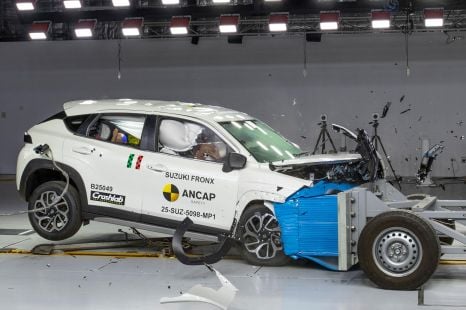

Damion Smy
14 Hours Ago


Damion Smy
17 Hours Ago
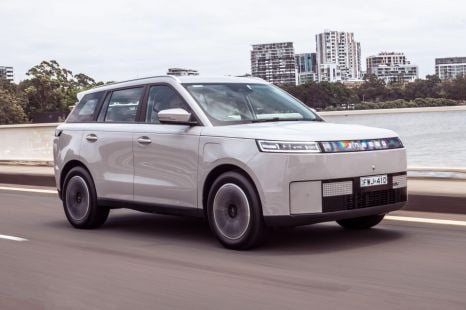

Josh Nevett
19 Hours Ago
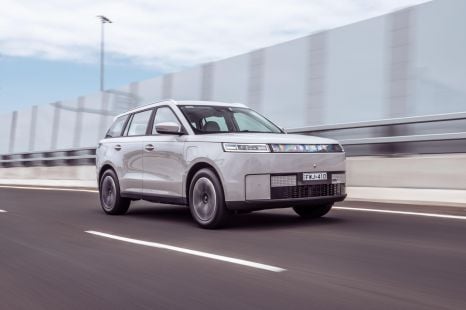

Josh Nevett
19 Hours Ago
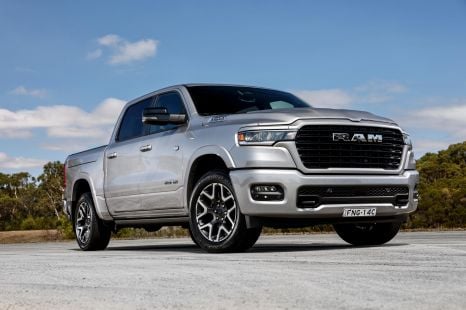

Damion Smy
20 Hours Ago